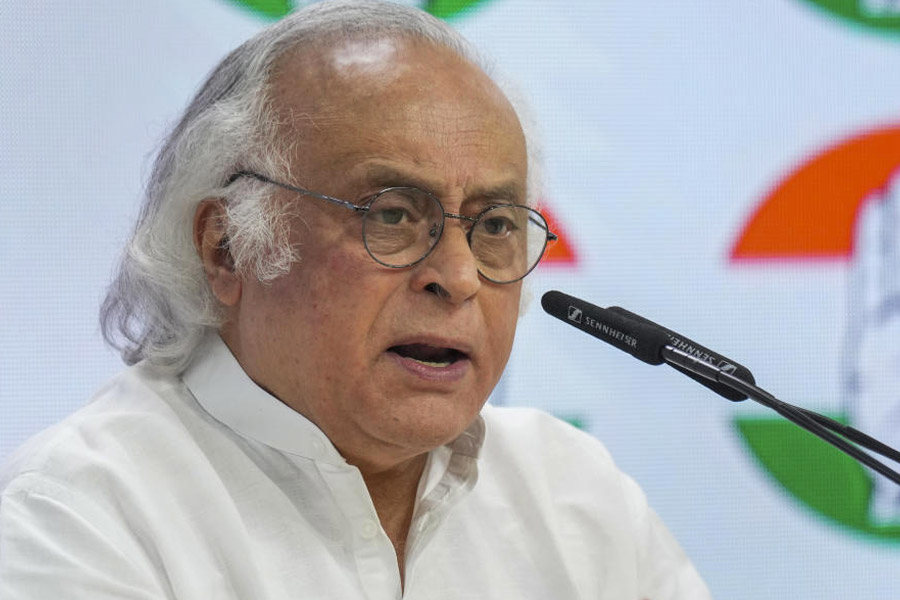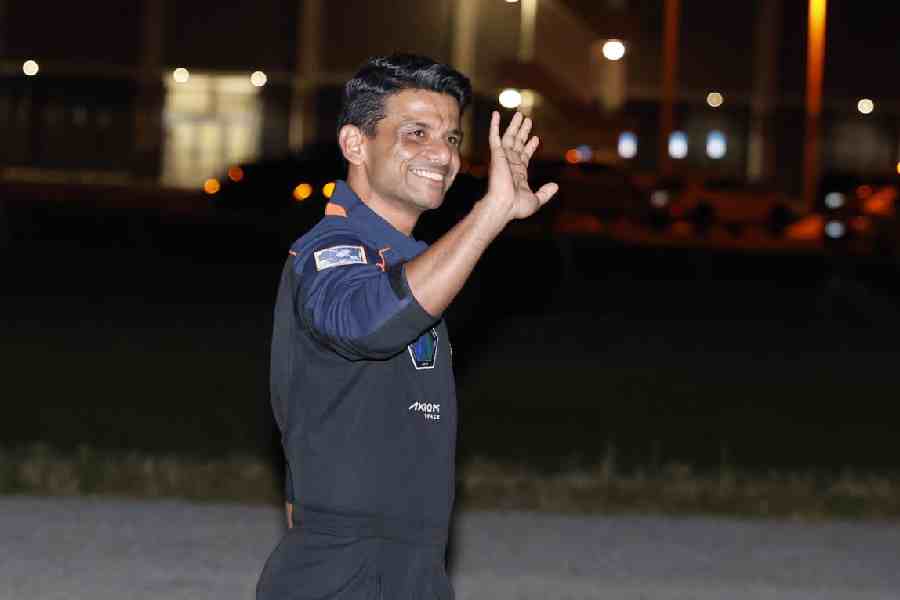
REEL WORLD: ON LOCATION IN KOLLYWOOD By Anand Pandian, Penguin, Rs 499
Anand Pandian is a trained anthropologist. But he also brings to this book the combined skills of a scientist and a lego player. Pandian breaks down the cinematic process, subjecting each dissected segment to an intelligent scrutiny, and, then, like a lego player, puts together the building blocks that go on to make a film. It is for this reason that he names the chapters, "Light", "Color", "Sound", "Rhythm", and so on. But Reel World - drafted from field experiences in several Tamil film projects at different stages of production - is not a dry explanation of the technical components of film-making. Pandian broadens the scope of his enquiry by analysing complicated questions associated with the abstract/creative elements integral to cinema. ("Dreams", "Time", "Space" are Pandian's choice for titles of some of the other chapters.) Such reflections are central to the book because Pandian is primarily interested in revealing how film and life - the reel and the real - intersect to enrich our understanding of layered ideas.
Take, for instance, Pandian's ruminations on time - "What might we come to see about the creation of cinema, about the creative potential of time itself?" He explains the difference between the cinematic perception of time and our understanding of it by arguing that cinema can have a prescient quality, gifting the audience the power to foresee what remains imperceptible to the characters of the film. Pandian helps establish this with precise, cinematic imagery. A scene in Sarvam unfolds in the following manner: a cycle race between two lovers ends tragically when a kite string with shards, invisible to the woman but visible to the audience, slashes her throat. "Through the film," writes Pandian, "you see the emergence in time of an event neither seen nor foreseen by its subjects." Like time, space, too, is problematized. "We tend to think of space as something abstract... Space, though, is always much more than this. Space is a field of dynamic forms and processes, a tissue of support for certain lives at the expense of others."
Pandian's narrative style remains consistent with the ethnographic tradition. Many of the conversations with his subjects - directors, actors, artists and technicians - take place while the crew are at work on location. The experience of viewing a shooting in progress makes Pandian perceive it as an exercise in mastering uncertainty. The vagaries of nature, mechanical failure, or even human whim - anything can upset the delicate balance of the process.
The prose is never dense: indeed, it is often quirky. The chapter titled "Desire" can be read as a long, breathless sentence. There is nothing affected about the prose even when it mirrors the anxieties of the settings and their subjects. The description of Mysskin, a director known for his signature magic-realistic style, teasing out a story during a discussion with his assistant directors is a case in point. Nothing dramatic seems to be happening inside a cluttered room in which Mysskin and his assistants try and resolve the problems in the plot. Yet, Pandian perfectly captures the tension - a mixture of expectancy and dread - that is embedded in the creative moment.
Pandian remains immune to the seductions of the seemingly magical realm that he investigates. The ignoble aspects of the film industry have not been ignored. He identifies those who occupy the margins in the ecology of cinema - bit players like assistant directors, stuntmen, the 'item girl', and so on - and seldom misses out on the ironies. The technicians who work in the visual effects department - those who lend to these films an aura of fantasy - remain anonymous in the public domain. Again, assistant directors willingly choose a life of paltry pay, sparse recognition and a punishing schedule in the hope of directing a film that may not quite materialize in the future. Recognizing the enormity of the odds stacked against them, Pandian does not hesitate to focus on the rare moment of triumph of these unknown craftsmen. His meeting with the dubbing artist, Shaji, is an acknowledgment of her claim on immortality. Sitting in her small recording studio inside a narrow lane, Shaji admits that her life will not be remembered; but her voice - it changes with the diverse demands of each film - has carved out its own niche, breaking free from the moorings of an ordinary life.
What one takes back from Reel World is the sense of the New Wave in Tamil cinema being in a state of flux on account of the global confronting the local. Impermanence is one of the chosen themes of exploration - directors move on to new films without completing earlier projects, actors take on new assignments, settings change. All this is meant to suggest, somewhat tritely, that at the heart of reel life, as is the case with reality outside the celluloid universe, lies the ephemeral.










